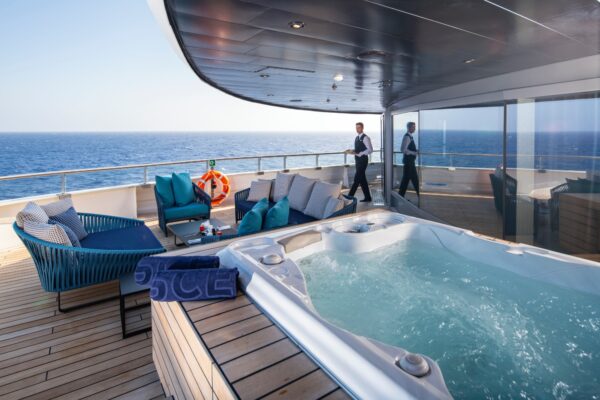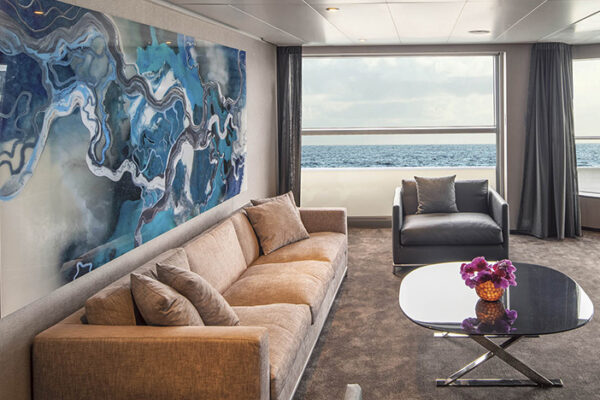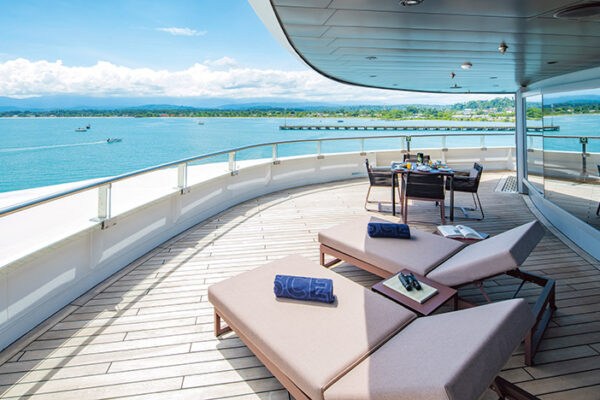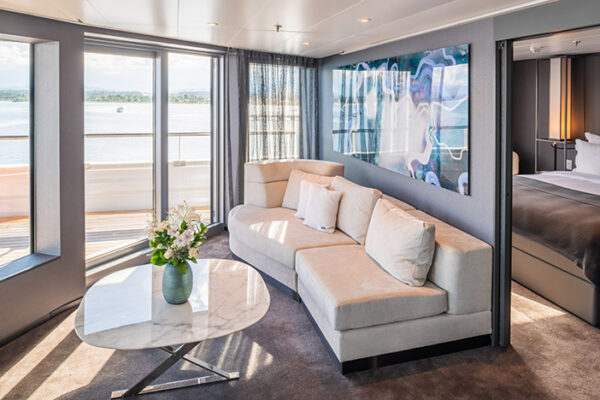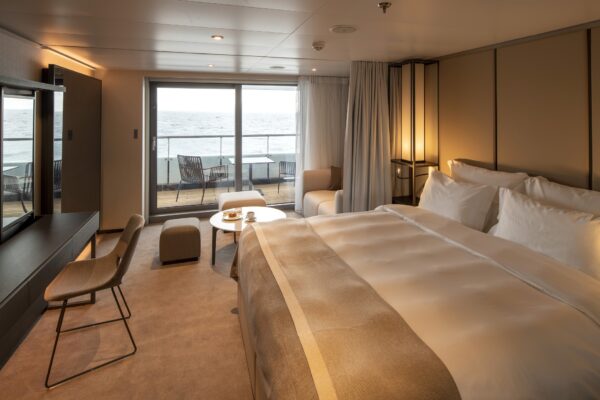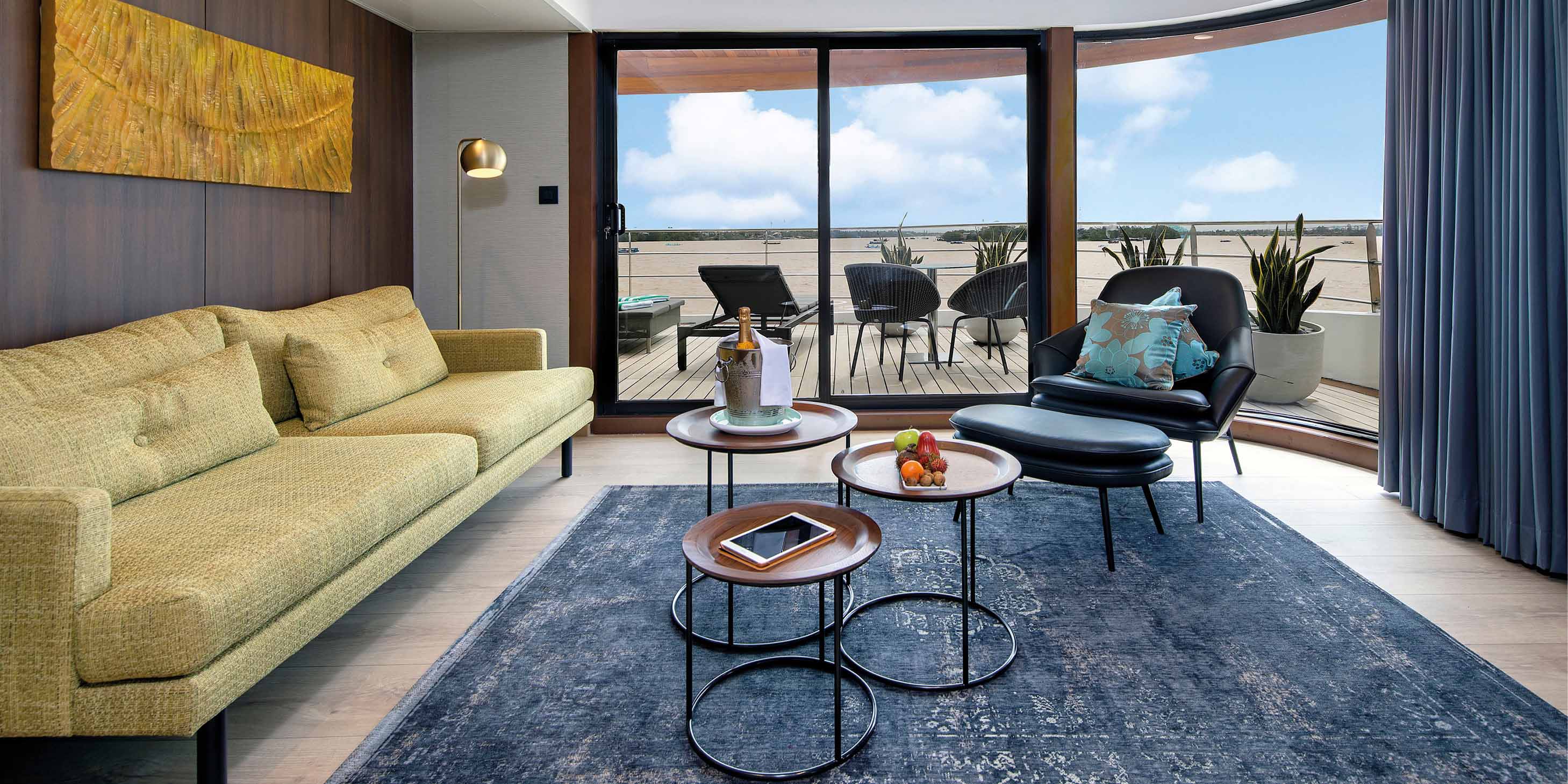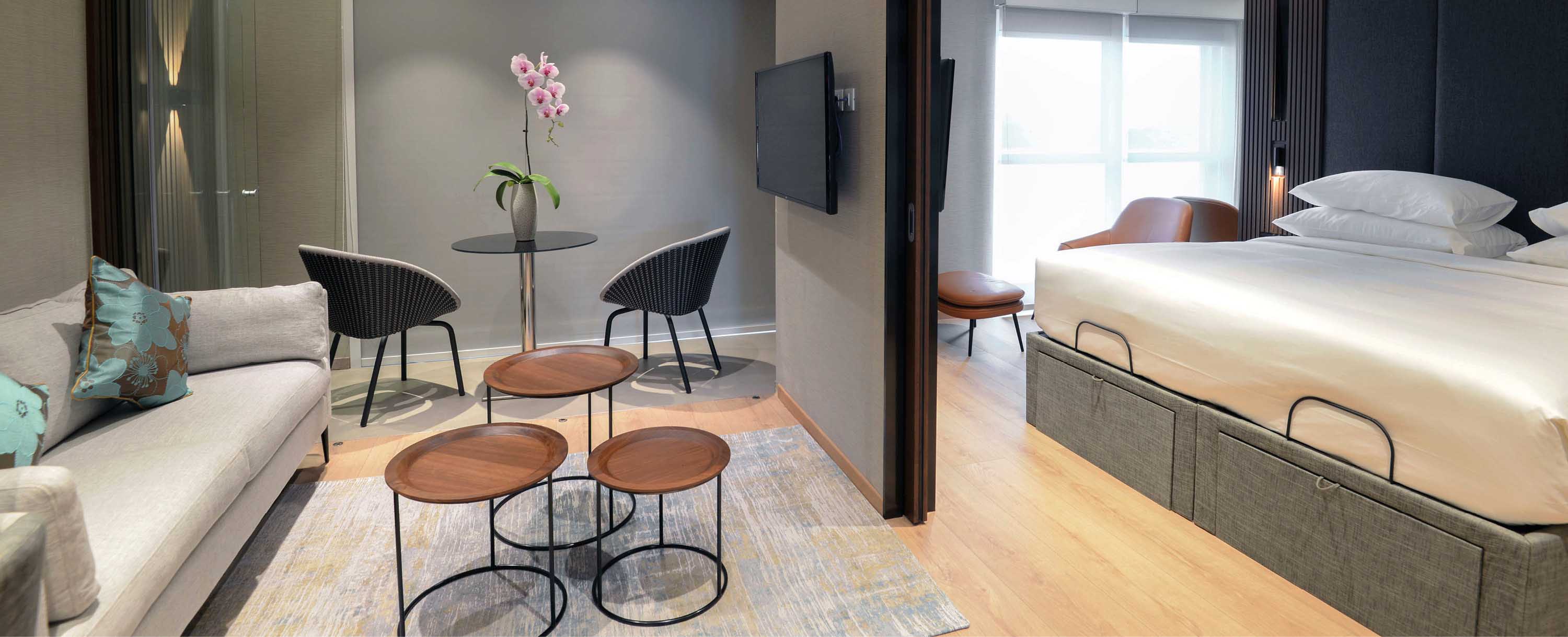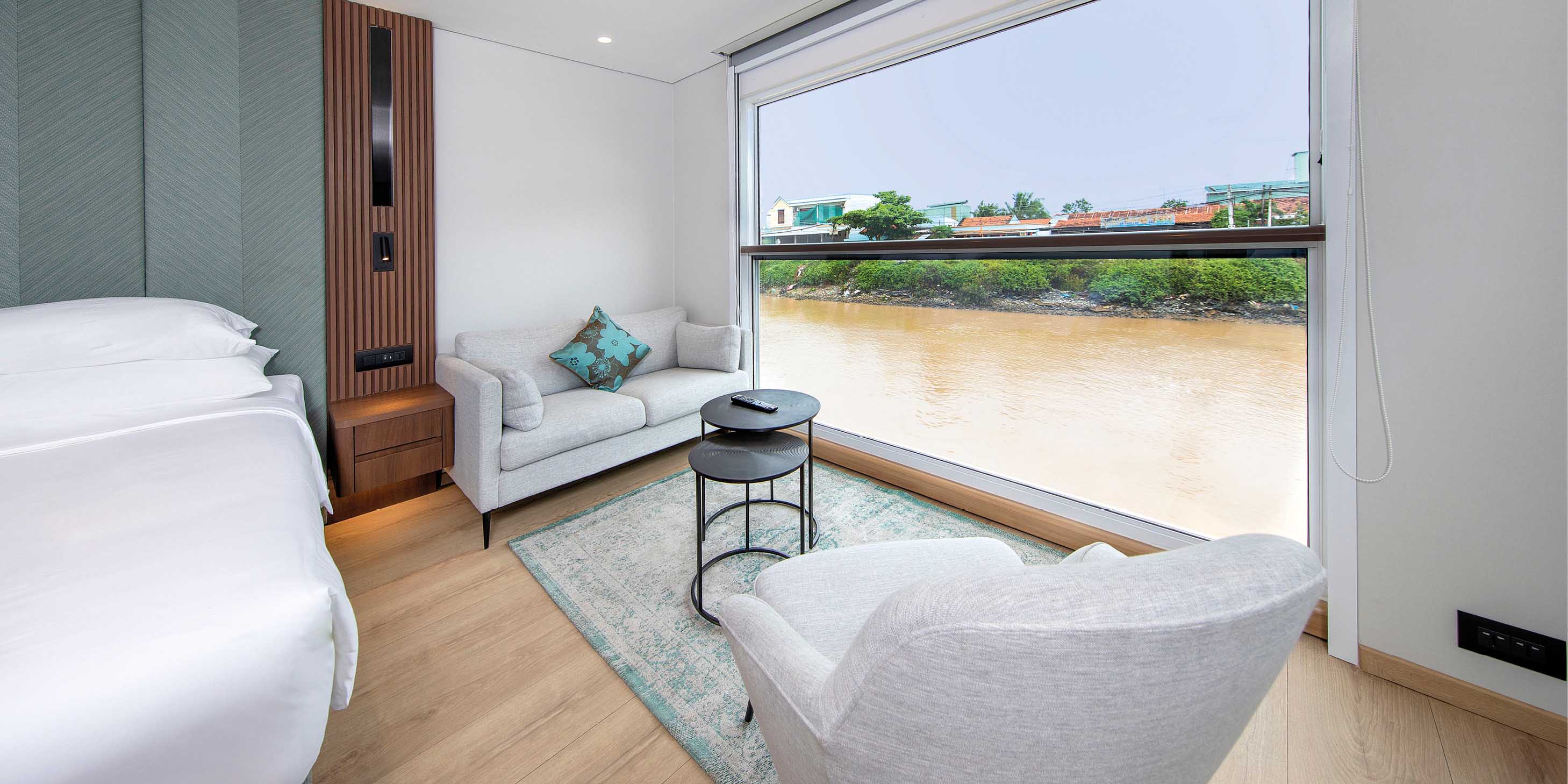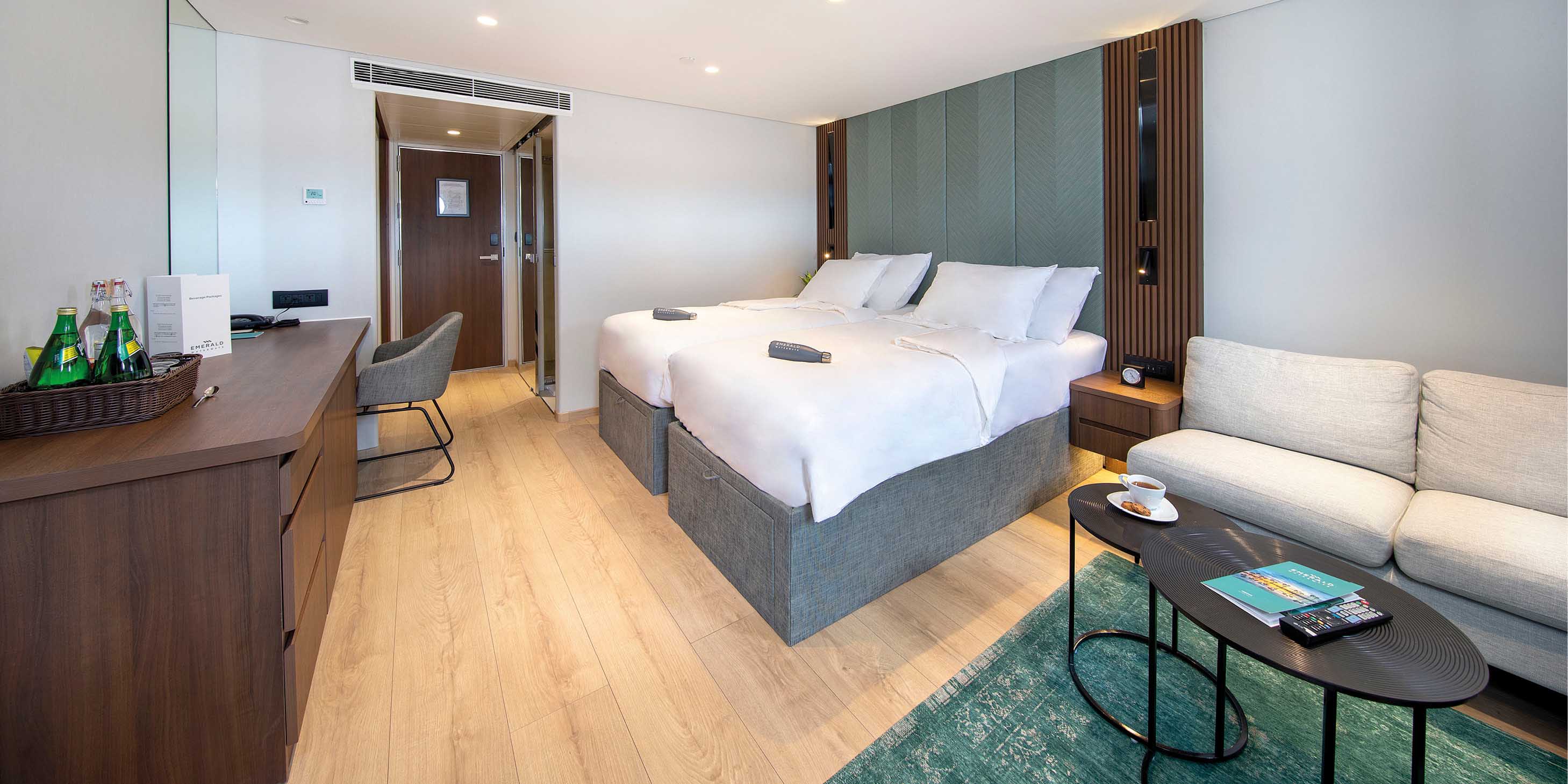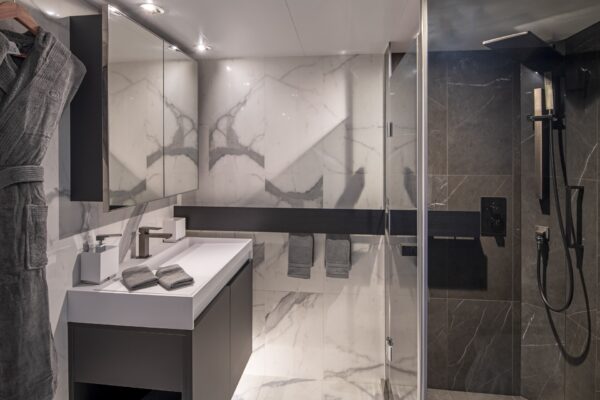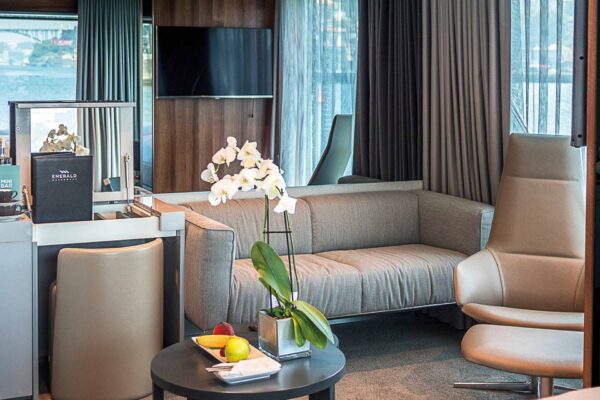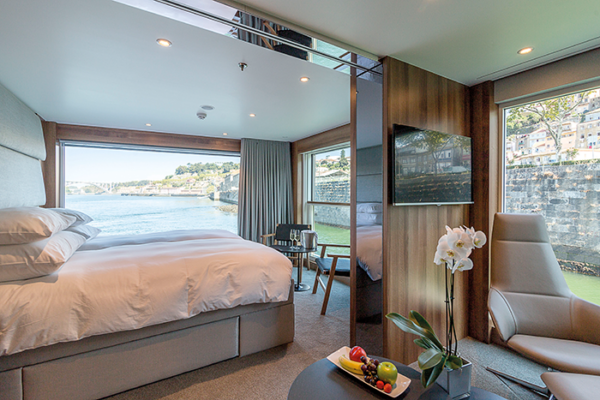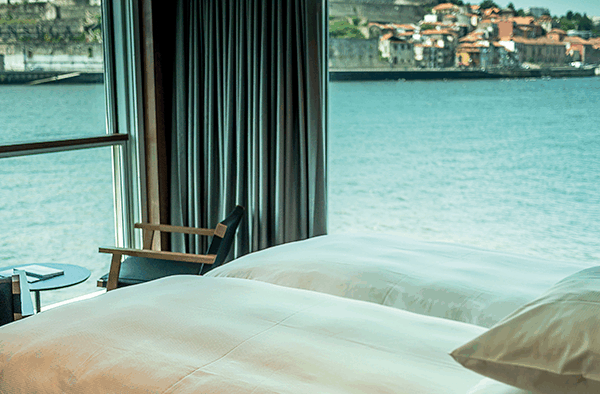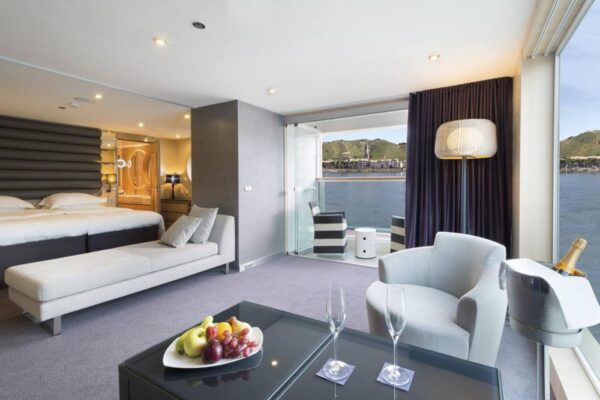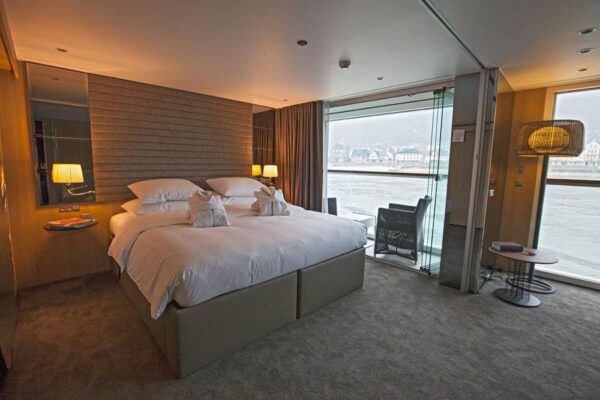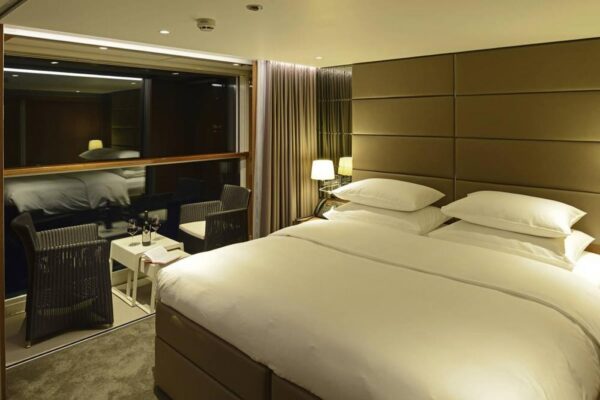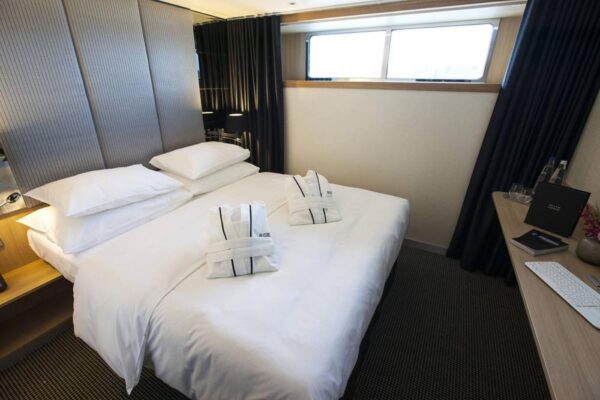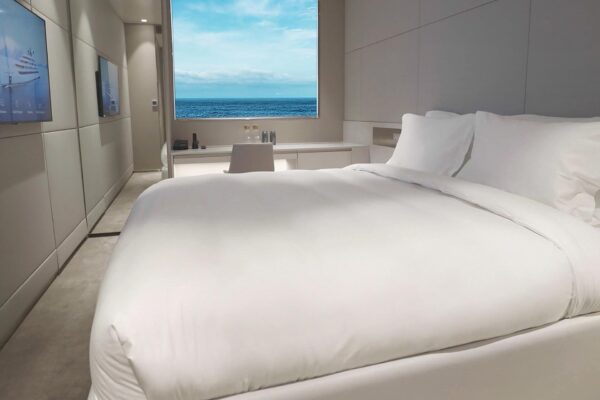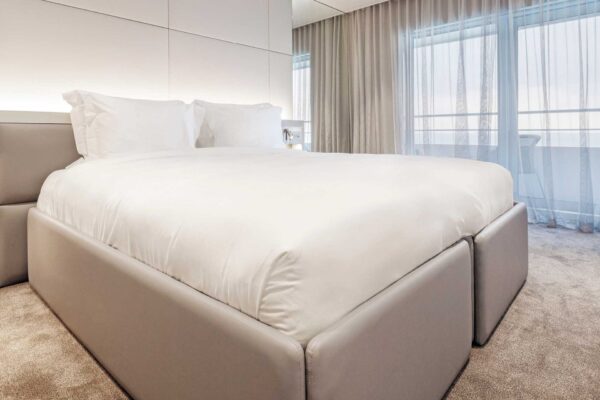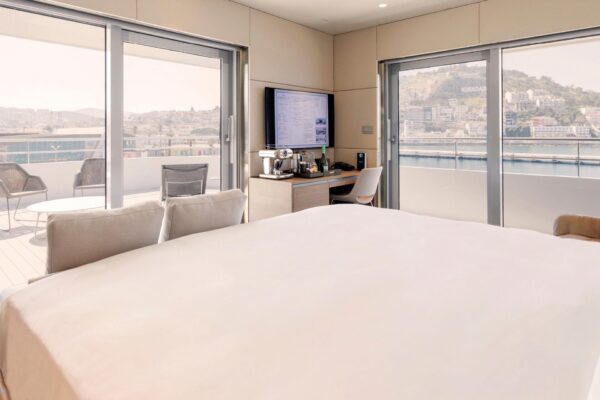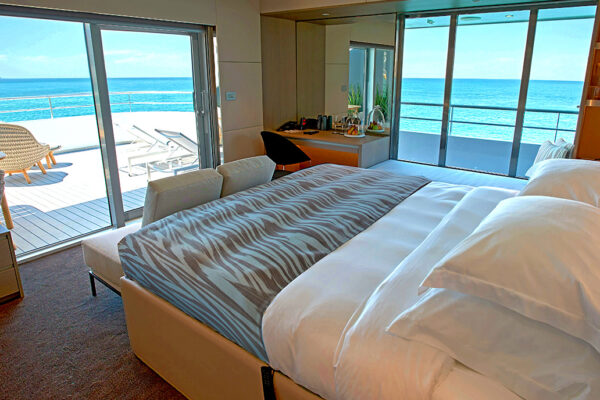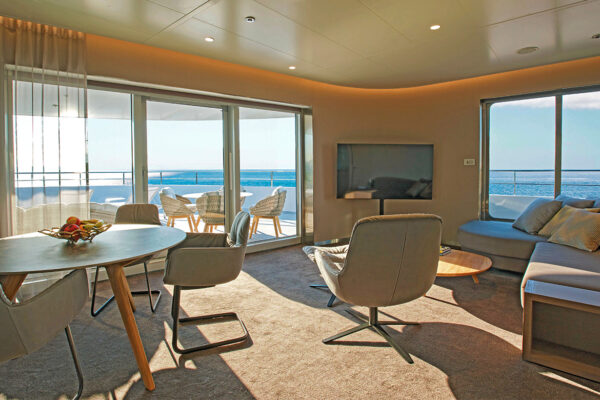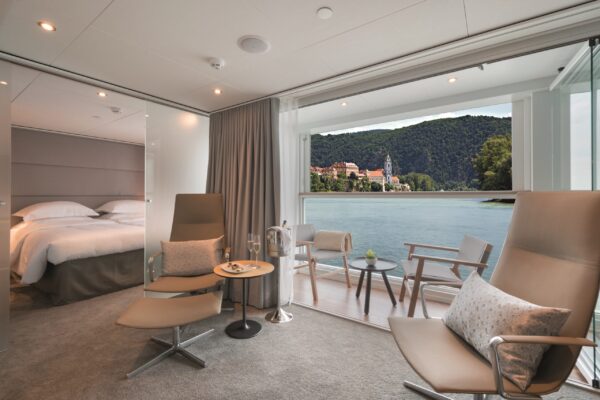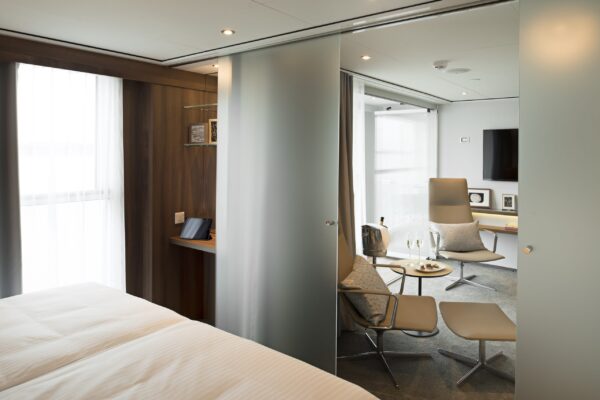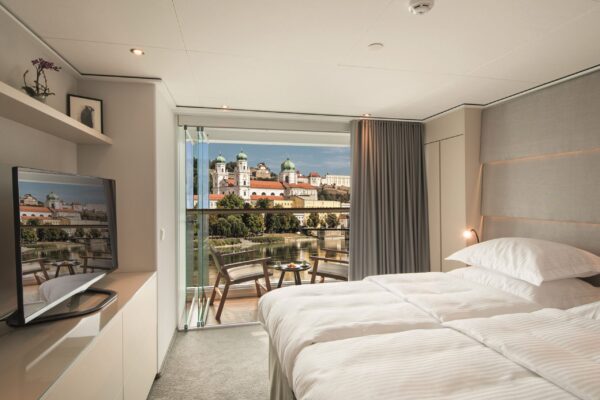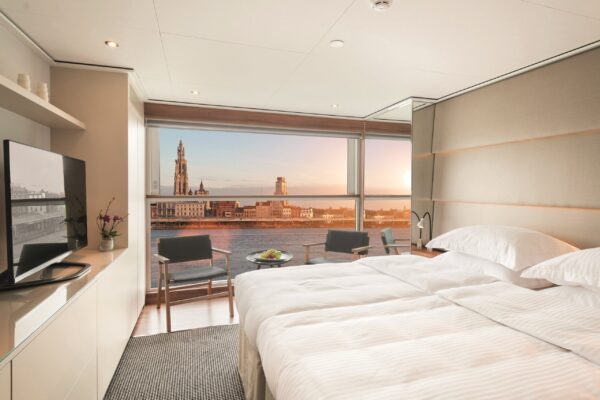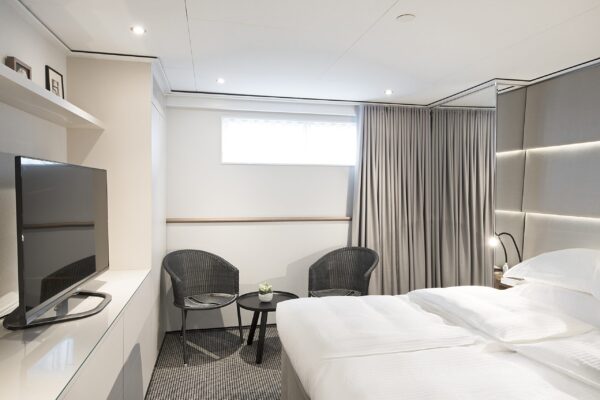History and Attractions of Morocco
Morocco, a land of deserts, mountains, and ancient cities, stands as one of the most historically and culturally rich nations in North Africa. Its story stretches back thousands of years, shaped by Berber dynasties, Arab conquests, European influences, and its strategic position between Africa and Europe. Known officially as the Kingdom of Morocco, it has long served as a crossroads of civilizations, where traditions of the Maghreb, Mediterranean, and Sahara meet.
Ancient and Early History
The earliest inhabitants of Morocco were the Berbers, or Amazigh people, whose roots in the region go back more than 4,000 years. By the 12th century BCE, Phoenician traders established coastal settlements such as Lixus, Mogador, and Chellah. These outposts connected North Africa with Mediterranean trade routes. Later, Carthaginian and Roman influences shaped the region, with the Romans founding cities like Volubilis, whose ruins remain among Morocco’s most important archaeological sites.
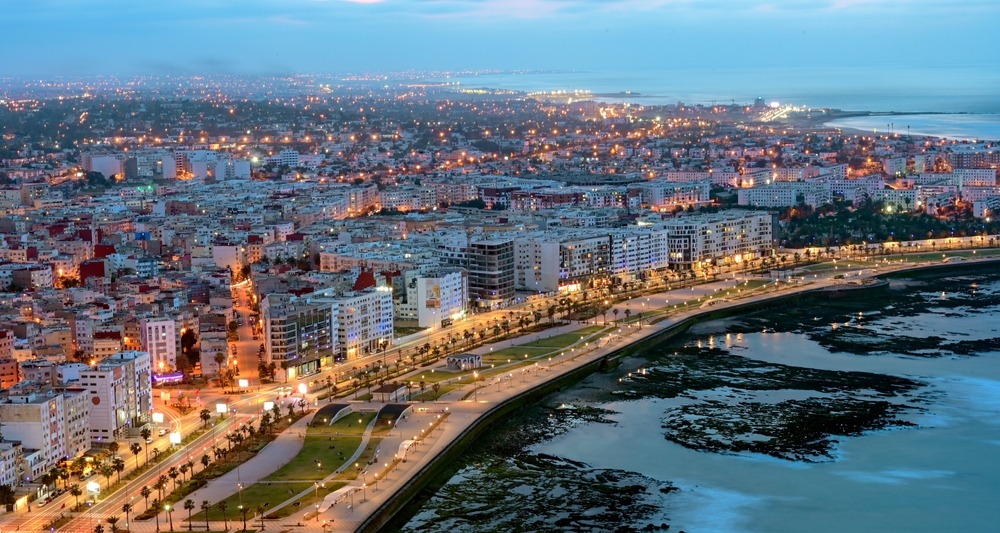
The Rise of the Berber Dynasties
Following the decline of Rome, indigenous Berber kingdoms flourished. In the 7th century, Islam arrived with Arab armies, and the faith quickly spread throughout Morocco. Over the following centuries, powerful Berber dynasties rose, including the Almoravids, who founded Marrakesh in 1062, and the Almohads, who expanded Moroccan rule into Spain and North Africa. These empires built mosques, madrasas, and palaces that still stand as testaments to Morocco’s architectural and cultural greatness.
Colonial Era and Independence
In the late 19th and early 20th centuries, Morocco became the focus of European powers seeking influence in Africa. In 1912, it became a French protectorate, with parts of the north and south administered by Spain. The colonial period saw modernization but also resistance from Moroccan nationalists. Independence was achieved in 1956 under King Mohammed V, marking the start of a modern era that balanced traditional values with rapid development. Today, Morocco remains a constitutional monarchy under King Mohammed VI, known for social reforms and cultural preservation.
Culture and Heritage
Morocco’s culture is a tapestry woven from Berber, Arab, African, and European threads. Its music, cuisine, and craftsmanship reflect centuries of exchange and creativity. The country’s architecture—seen in its riads, kasbahs, and medinas—embodies both Islamic artistry and Andalusian elegance. Moroccan hospitality, encapsulated in the phrase “Marhaban bikum” (Welcome), is a cornerstone of national identity, inviting travelers to experience its warmth and diversity.
The Famous Tree-Climbing Goats
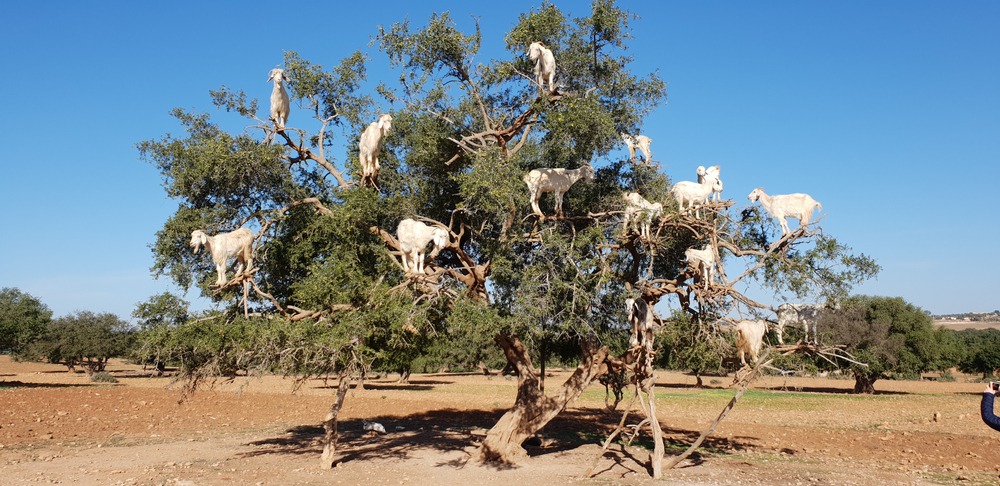
One of Morocco’s most unusual natural wonders can be found in the arid Sous Valley near the city of Agadir—goats that climb trees. These agile animals climb the gnarled branches of argan trees in search of the fruit they love. The goats’ climbing ability has become an iconic sight, drawing photographers and travelers from around the world. After the goats eat the fruit, they excrete the hard nuts, which are later collected and used to produce argan oil—a valuable export prized for its culinary and cosmetic uses. This remarkable relationship between the goats and the argan tree showcases the harmony of life in Morocco’s semi-desert ecosystems and sustains local communities that harvest the oil.
Top 25 Attractions in Morocco
1. Marrakesh Medina
The bustling old city of Marrakesh is a UNESCO World Heritage Site filled with labyrinthine alleys, spice markets, riads, and the famous Jemaa el-Fnaa square, where storytellers, musicians, and food vendors gather daily.
2. Jemaa el-Fnaa Square
This iconic plaza comes alive every evening with street performances, snake charmers, and open-air food stalls. It captures the essence of Moroccan life and culture.
3. Koutoubia Mosque
Dominating the Marrakesh skyline, this 12th-century mosque is an architectural masterpiece of Almohad design, inspiring the Giralda in Seville and the Hassan Tower in Rabat.
4. The Hassan II Mosque (Casablanca)
One of the largest mosques in the world, this architectural wonder features a 210-meter minaret overlooking the Atlantic Ocean and intricate craftsmanship throughout.
5. The Blue City of Chefchaouen
Famed for its blue-painted buildings, Chefchaouen is nestled in the Rif Mountains and offers serene streets, artisan shops, and panoramic views from the Spanish Mosque.
6. Fes el-Bali
The ancient walled city of Fes is home to one of the world’s oldest universities, Al-Qarawiyyin, and a maze of markets, mosques, and tanneries that preserve centuries-old traditions.
7. Al-Qarawiyyin University
Founded in 859 CE by Fatima al-Fihri, this institution is recognized as the world’s oldest existing university and remains a center of learning and faith.
8. Volubilis
The Roman ruins of Volubilis near Meknes offer stunning mosaics, temples, and triumphal arches, representing the ancient past of North Africa under Rome.
9. Hassan Tower (Rabat)
An unfinished 12th-century minaret that symbolizes Morocco’s medieval might. It stands beside the Mausoleum of Mohammed V, one of the country’s most revered monuments.
10. Kasbah of the Udayas (Rabat)
This picturesque fortress overlooks the Bou Regreg River, offering blue-and-white streets and breathtaking views of the Atlantic coastline.
11. Sahara Desert (Merzouga and Erg Chebbi)
Travelers can ride camels over golden dunes, spend nights in Berber tents, and watch sunrises that turn the sands to fire in this unforgettable desert landscape.
12. Ait Ben Haddou
This fortified ksar near Ouarzazate is a UNESCO site and a favorite film location, featured in movies such as “Gladiator” and “Lawrence of Arabia.”
13. Atlas Mountains
The High Atlas range offers incredible trekking routes, snow-capped peaks, and Berber villages where ancient traditions remain alive.
14. Todra Gorge
Near Tinghir, this dramatic canyon features towering limestone cliffs, a riverbed oasis, and rock-climbing opportunities for adventurers.
15. Essaouira
A charming coastal town known for its historic port, whitewashed walls, and strong winds that make it a haven for windsurfers and artists.
16. Agadir
This modern seaside city is famous for its beaches, resorts, and access to the nearby argan forests where the tree-climbing goats can be seen.
17. Meknes
One of Morocco’s imperial cities, Meknes features monumental gates, royal granaries, and elegant architecture that reflects its 17th-century golden age.
18. El Jadida
Once a Portuguese colony, this coastal town blends European and Moroccan styles, with its famous cistern and fortified walls open to visitors.
19. Ouarzazate
Known as the “Gateway to the Sahara,” Ouarzazate is home to film studios, ancient kasbahs, and desert scenery that attracts directors and travelers alike.
20. Dades Valley
A region of red rock formations, winding roads, and lush oases. Often called the “Valley of a Thousand Kasbahs,” it offers some of Morocco’s most scenic drives.
21. Majorelle Garden (Marrakesh)
Created by French artist Jacques Majorelle and later owned by Yves Saint Laurent, this botanical garden features vivid blues, exotic plants, and serene water features.
22. Bahia Palace (Marrakesh)
A masterpiece of 19th-century Moroccan architecture, the palace features intricate tilework, tranquil courtyards, and lush gardens.
23. Djemaa el-Fnaa Food Stalls
Sample Moroccan delicacies like tagine, couscous, and grilled meats from local vendors while enjoying live entertainment in the open-air square.
24. Casablanca Corniche
This coastal promenade offers oceanfront dining, modern nightlife, and views of the city’s contemporary skyline along the Atlantic coast.
25. Toubkal National Park
Home to Mount Toubkal, the highest peak in North Africa, this park attracts hikers and nature lovers with its rugged trails and breathtaking vistas.
Morocco is a land where history, nature, and culture intertwine seamlessly. From the ancient medinas of Fes and Marrakesh to the rolling dunes of the Sahara and the surreal sight of goats climbing argan trees near Agadir, the country offers an experience unlike any other. Its enduring spirit, vibrant colors, and hospitality make it a destination that captivates both the heart and imagination, ensuring that every visitor leaves with stories as timeless as the land itself.



